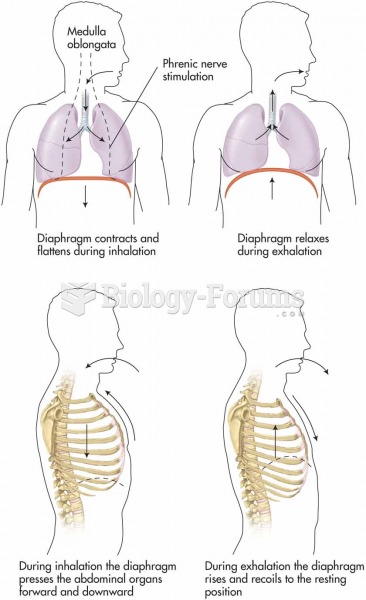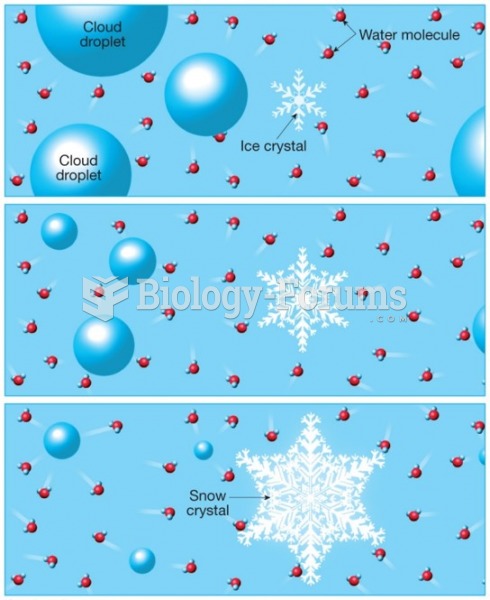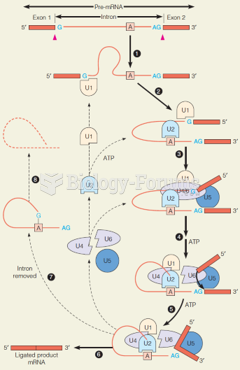Answer to Question 1
Malting
Most beers are constructed with a large quantity malted grainas the malt provides the necessary enzymes needed for fermentation to occur. During the malting processa raw grain is converted into malt through a process of germination and then drying. The grain is initially steeped in water (for a period of hours to days), then placed in a kiln, in order to stimulate germination or sprouting while being aerated for roughly one week. During this drying process, the grains bud and put forth shoots while an enzyme known as diastase converts the starch into fermentable sugar. This drying process not only stops the germination but additionally has a significant influence on the beer's final color and aroma/flavor profile.
The length of time and degree of heat applied to the drying process determines the type of malt ranging from pale to dark, black malt. Some beers include only one style of malt while others may contain as many as half a dozen or more malts (and or grains) to provide complexity in the finished beer. The dried grain is milled and called grist similar to dry cereal.
Wort
At this stage, a sugary liquid known as wort is created. First, the malted grain (or grist) needs to be hydratedwith the addition of hopsand is added to water and brought to a boil through a process referred to as mashing. The mashing process takes around 12 hours, during which the starches are converted to sugars, and then the sweet wort liquid is drained and strained off the grains (known as lautering) and is now ready for fermentation.
Fermentation
As the wort is cooled from the previous stage, a particular strain (or combination of several) of wild or cultivated yeasts are carefully measured and united together. This mixture is allowed to ferment roughly between 3 and 7 days. During this period, the yeast converts the fermentable sugars in the wortinto alcohol and carbon dioxide (CO2). The fermentation process continues until the yeast runs out of sugar. Additional hops may be added (process known as dry hopping) at the end of the fermentation process to add a greater degree of hoppy character.
Maturation/Aging
Once the conversion of sugar has reached the right stage, the temperature is reduced and the yeast begins to settle to the bottom of the fermenting vessel. The settled yeast is removed and the beer is transferred to a storage vessel. At this stage, the beer, which is known as green beer (or unaged), is placed in an aging tank, barrel, or bottles, and it is left to evolve for typically up to two months.
Clarification
Fining and clarifying agents are often used in brewing to remove some of the dead yeast cells and residues from the grains, which can otherwise leaving a beer appear cloudy. Finally, the carbon dioxide (CO2) content of each batch is adjusted to the correct level through injecting some high pressure CO2.
Packaging
Beer can be packaged in a variety of ways: barrel, bottle, or can. Barrels (also known as kegs) are nothing more than very large cans of beer.
Answer to Question 2
Sake grades are determined based on a combination of factors such as style, regulations and amount of polishing the rice receives during the production process..







